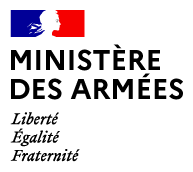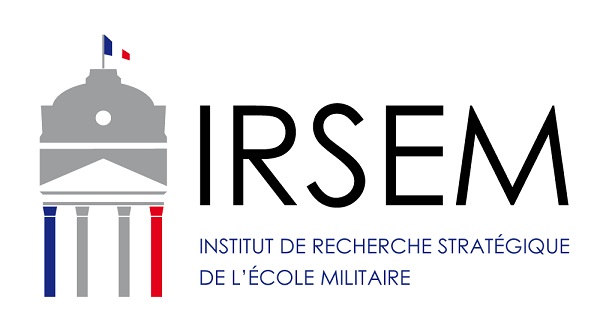Recent Russian military operations in Syria and in the Nagorno-Karabakh region illustrate the growing importance of population-centric approaches in Russia’s military interventions. Compared to previous military operations conducted by Moscow since 1991, the Syrian campaign launched in 2015 reveals an apparent paradox. Following a first phase mostly characterized by kinetic operations, including the bombing of civilian areas and infrastructures, the second phase of Moscow’s intervention features a central humanitarian dimension. Such dimension also lies at the very heart of the Russian peacekeeping mission deployed in the Nagorno-Karabakh region since November 2020. These developments, that fit in the pursuit of a “winning hearts and minds strategy”, echo a rising awareness within the Russian military science towards the role of civilian populations in armed conflicts.
Research Paper no. 120 - 2022
- Catégorie: Publication, IRSEM research papers
WINNING HEARTS AND MINDS: FROM SYRIA TO NAGORNO-KARABAKH, THE DEVELOPMENT OF POPULATION-CENTRIC APPROACHES IN RUSSIA’S MILITARY INTERVENTIONS

21
Jan


